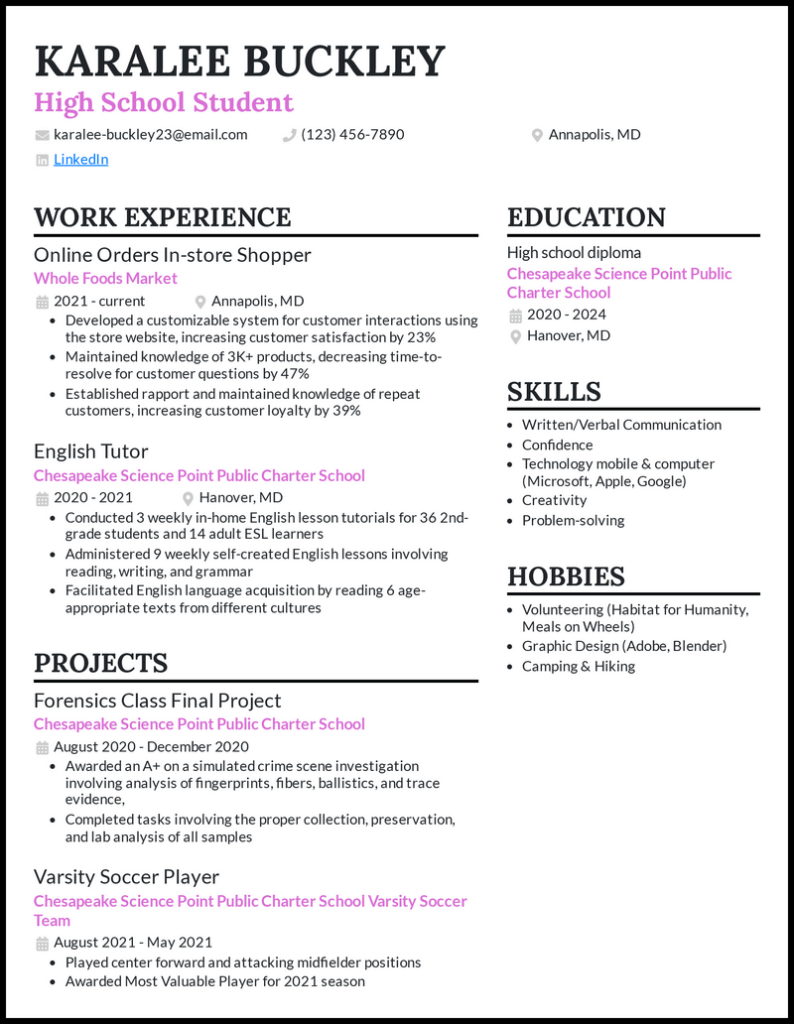Introduction:
Teaching is often considered a labor of love, but sometimes even the most passionate educators find themselves in difficult situations where they struggle to remain optimistic about their job. Whether it’s uncooperative students, unsupportive administration, or overwhelming workloads, teachers can often feel neutral or even dislike their job. However, there are ways to make the most out of a tough teaching gig and regain enthusiasm for the profession.
1. Communication is key:
The first step in any challenging situation is to communicate your concerns with colleagues and superiors. Discuss your struggles with fellow teachers who may have experienced similar problems and seek their guidance. Speak with the school administration if resources or support is lacking, as they may not be aware of your struggles.
2. Establish boundaries:
It’s essential to establish healthy work-life boundaries to prevent burnout and resentment towards your job. Carve out time in your day for yourself and prioritize personal activities such as exercise, meditation, or spending time with loved ones. Engaging in self-care will help you keep a positive mindset when tackling workplace challenges.
3. Be adaptable:
In an ever-changing education landscape, adaptability is crucial. Embrace new teaching strategies and explore creative approaches that promote student engagement. By keeping things fresh and exciting, it’s easier to maintain motivation and achieve success in the classroom.
4. Build a network of supporters:
Having a support system within the school can greatly improve your overall experience at work. Develop strong connections with other educators and participate in peer mentoring programs that encourage collaboration and resource sharing amongst staff members.
5. Seek professional development opportunities:
Stay connected to the broader field of education by attending workshops, conferences, or joining professional organizations focused on teaching practices. Seeking out growth opportunities will not only make you a better teacher but can also reinvigorate your passion for the profession.
6. Reframe your perspective:
Sometimes, changing your mindset can be the most significant factor in improving your situation. Acknowledge that no job is perfect, and challenges make you a stronger and more resilient educator. Focus on the positive aspects of your teaching experience, while trying to solve or cope with the difficulties.
7. Know when it’s time to move on:
If you’ve tried everything to improve your teaching experience, it’s essential to recognize that moving on might be the best decision. Start exploring alternative career paths or different schools that better align with your values and passions.
Conclusion:
Teaching can be a uniquely challenging profession, but keeping a positive attitude and taking proactive steps can greatly improve your experience in even the toughest jobs. By communicating effectively, setting healthy boundaries, embracing flexibility, building strong support networks, and investing in professional growth opportunities, teachers can successfully navigate any work situation and emerge as better educators. Above all else, remember why you got into teaching in the first place – to make a difference in the lives of your students.











